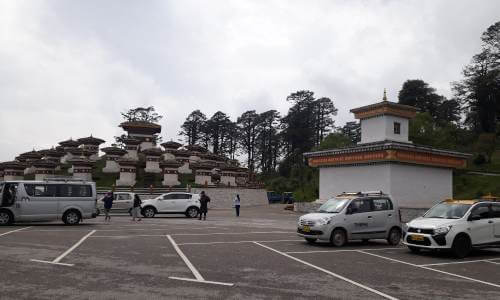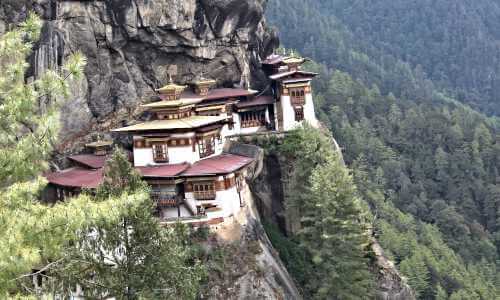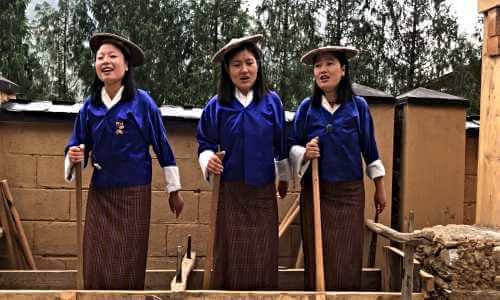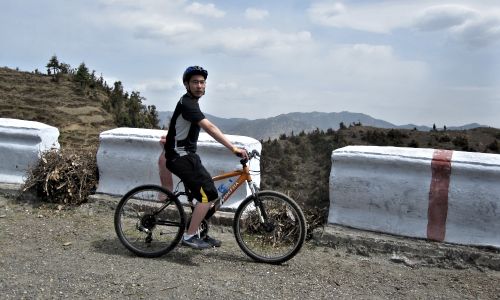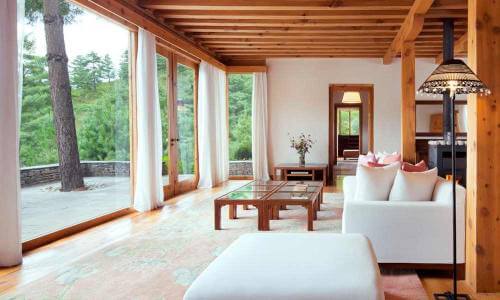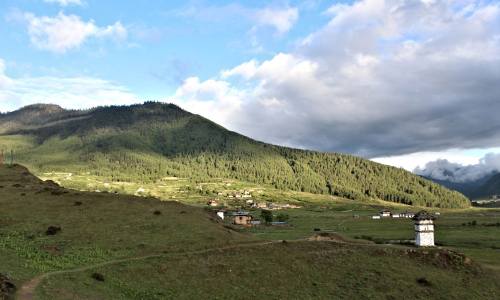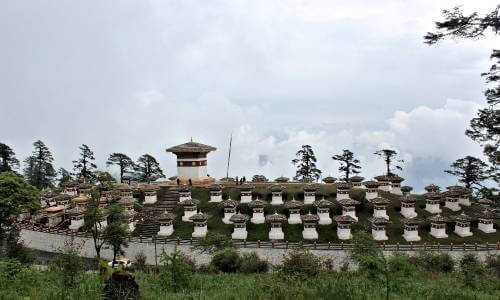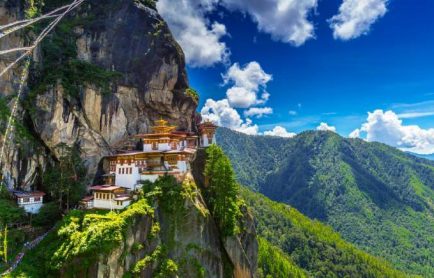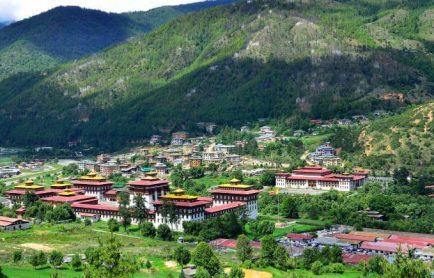Buli Lhakhang
Perched on a small hillock in the Chumey Valley of Bumthang district, Buli Lhakhang is a Buddhist temple of great religious significance. Flanked by verdant scenery of mist-covered peaks and mystic vibes, it offers immense peace and solace to every visitor. The history of the temple dates back to the 15th century when it was founded by Tukse Chhoying, the spiritual son of Dorje Lingpa, a prominent treasure revealer in the Bhutanese Buddhist mythology. Originally a one-storied structure which stood in a dilapidated condition for quite long, it underwent a renovation in the early 2000s by the American Himalayan Foundation.
The structure of Buli that stands today has a typical Bhutanese architecture with a courtyard surrounded by living quarters of the monks. The exterior walls of the temple are embedded with small prayer wheels. On the ground floor is a small shrine with statue of Guru Padmsambhava in the centre, flanked by statues of Zhabdrung Rinpoche and Buddha Vajrasattva on the right and left, respectively. The inner walls of the shrine are adorned with beautiful paintings dating back to the time of its construction; among the most notable of these paintings are that of “Twenty Five Disciples of Padmasambhava”, “Buddha Amitabha” and “Buddha Amitayus”.
The second floor of the temple houses a huge altar with the statue of present Buddha (Buddha Shakyamuni) in the centre. On his right is the statue of Avalokiteshvara with one thousand eyes, believed to have been donated by the first king of Bhutan. In addition, small statues and paintings of several Buddhist deities and fierce protectors adorn the walls.
Buli Lhakhang is an integral part of the age-old culture of the Chumey valley. A three day festival of Buli Mani is held on the grounds of the temple every two years somewhere between the months of February and March. The three day extravaganza offers a rare insight into Buddhist teachings coupled with interesting Cham Dances performed by the local natives of the surrounding village.
